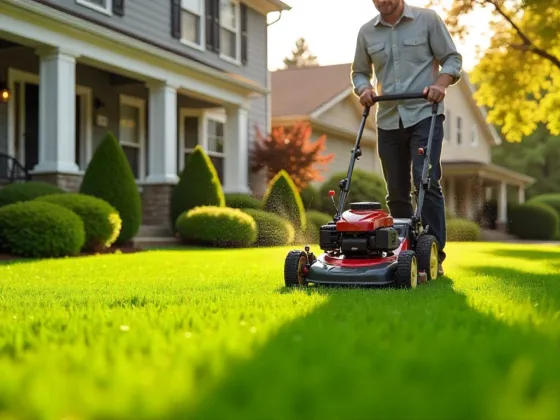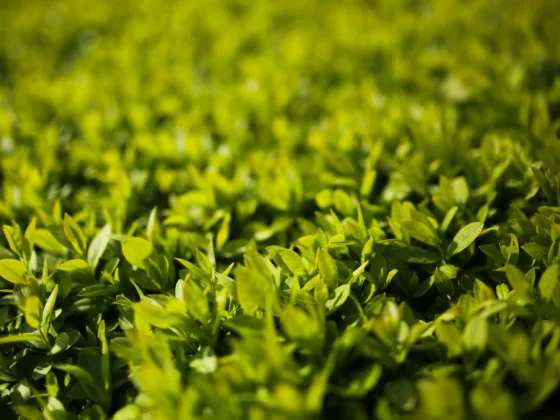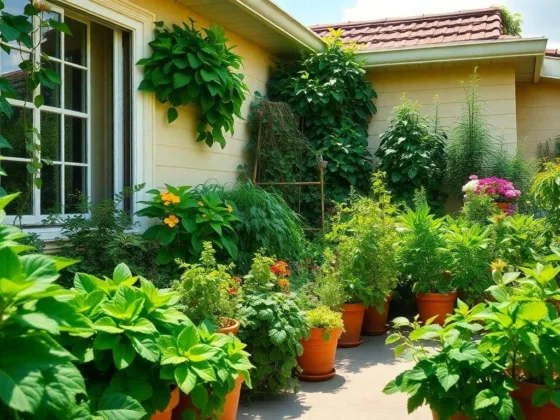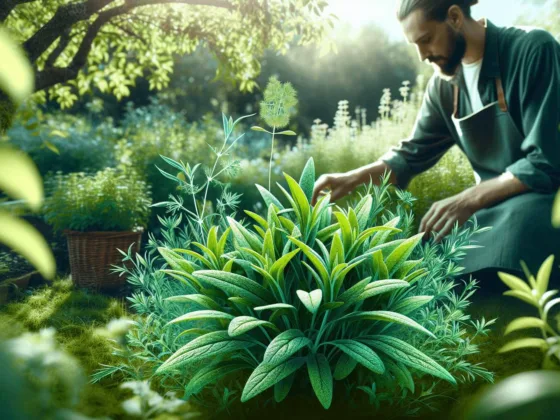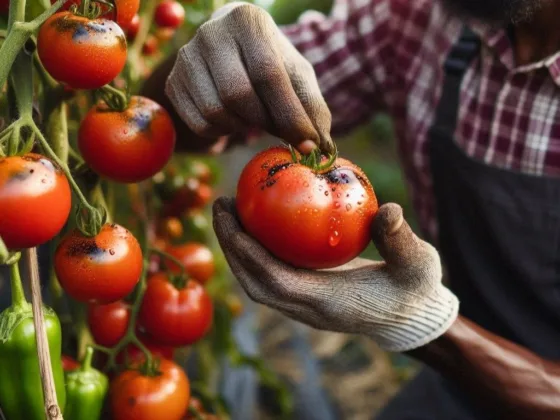Table of Contents Show
Decorating your house with indoor plants makes it look pleasant, comfy, and connected with nature; even if they are grown in pots. You can place them on your table, on a shelf, or a windowsill, anywhere that you think would look good depending on their size.
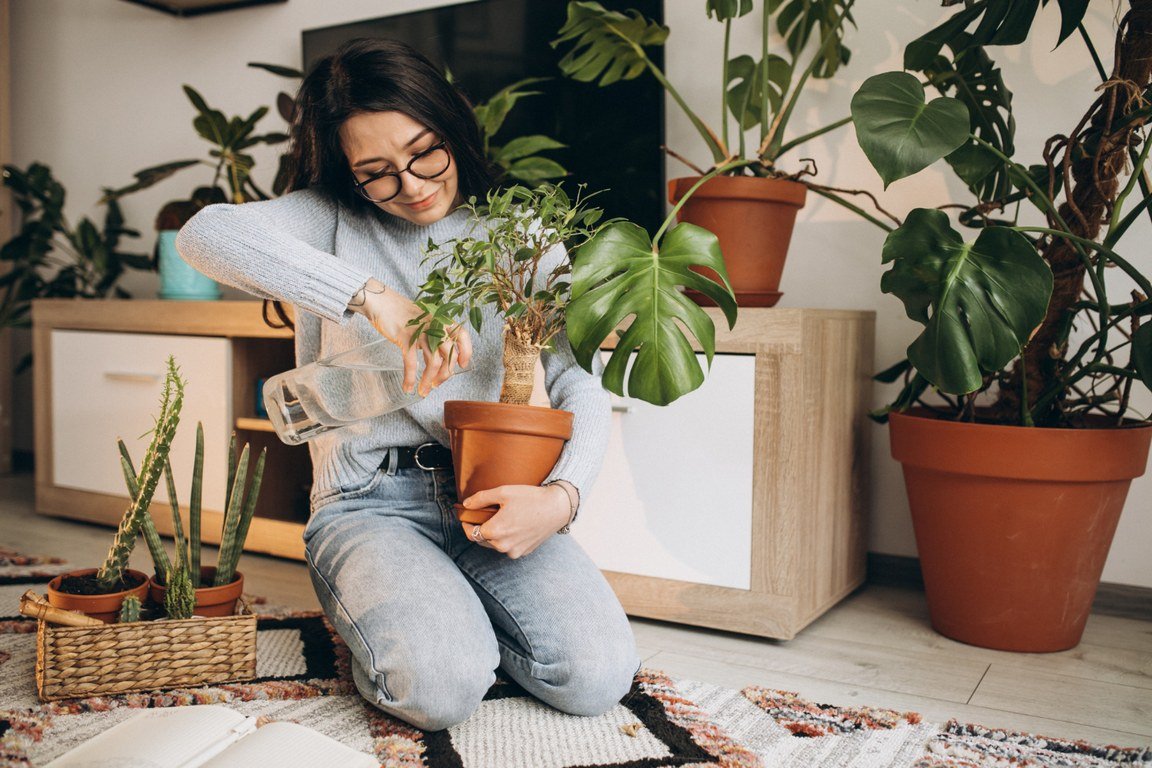
The question is: If you decide to buy plants online, what type of plants are you looking for? If you are a beginner, and, it’ll be your first time taking care of a houseplant, we recommend that you purchase one that is cheap, and easy to maintain.
However, make sure you do some research about the type of indoor plants you want, even if they are cheap, and how to take care of them before purchasing one.
Factors to Consider
Before buying a houseplant, there are certain factors you need to consider.
Space & Size:
Placing your plants in the right space will make a difference in how you want your home to look. If you buy small potted plants, you can place them anywhere from tabletops to shelves.
And if you buy big potted ones such as Tree Philodendron, make sure you have adequate floor space to accommodate it. These plants tend to grow and spread wide.
Light:
Another important factor is light. If you do not have enough sunlight coming in, you can buy shade-tolerant plants such as Begonia Maculata. You can learn more about this plant from the Begonia Maculata Plant Care Guide.
On the other hand, if you have enough light coming in, go for plants that are colored or have patterned leaves such as the Fiddle Leaf Fig or Monstera.
Time:
If you are a busy person and have less time to take care of your plants, you can purchase low maintenance ones, something that is tough, and easy-to-find such as Pothos, Snake plants, Rubber Trees, and so on.
Buying expensive and exotic plants requires time and effort, so buy only when you have the time to care for them.
How to Care for Houseplants
Watering is essential to nourish a plant however you cannot only depend on that one element. Indoor plants differ from one another; some require plenty of water while others only a little.
During spring and summer, watering once or twice a week is enough. In autumn and winter seasons, however, watering once every few weeks is sufficient.
As for the feeding routine, a controlled-release fertilizer in granule form is the best way to feed indoor plants. Provide them with granule feed two times a year in spring and autumn.
Do not forget to pick the old leaves, so new ones could grow. You can also add seaweed solution to the water to get the optimum health of your plants.
Another tip is to place the houseplants on eastern or western facing windows. That way it provides the plants with a good amount of sunlight during the day and ambient light the rest of the time.
Read Also:
Purchasing an Indoor Plant
If you’re worried about the space, you can try African Violets with all its colorful blooming flowers, or you can select plants according to your lighting conditions.
If you’re looking for an easy-to-care and low-maintenance plant, you can get a Pothos, Cast Iron Plant, Heart Leaf Philodendron, Chinese Evergreen, and so on. These plants aren’t that fussy about light and will not die if sometimes you forget to water or feed them.
If you’re looking for a plant to flourish in low light conditions, you can get a Peace Lily, Happy plant, Lady Palm, Kentia Palm, or Chinese Lucky bamboo.
For plants that prefer partial sunlight, you can get Prayer plants, Dumb Cane, Zebra plants, or Colorful Bromeliads.
And for bright spots, you can get Spider plant, Norfolk Island Pine, Dracaena, Croton, or Rubber plant.
Decorative Houseplants
You can buy indoor plants for your living room, washroom, bedroom, or your balcony to suit your lifestyle.
For instance, if you have teak furniture, with red highlights and Balinese fabrics, you can get easy-to-care plants such as Zanzibar Gem, Golden Cane Palm, and Bromeliads to get a tropical look at your home.
Modern interior furniture can be matched with sculptural plants such as Madagascar Dragon Tree and Lady Palm.
An antique cottage look will best be complemented with heart-shaped flowers and soft ferns.
Houseplant Pots
However, a plant will look as good as a pot. You can get plastic ones or clay pots, also known as Terra cotta pots. No matter the type of pots you purchase, you need to make sure it has a drainage hole at the bottom.
Containers that do not have holes at the bottom retain excess water which causes the plant root to rot.
You can use a saucer or a shallow dish to put the pot on top, so you can throw the excess water away and also avoid ruining your floor and furniture.
Some Extra Tips
- Terra cotta clay pots dry out more quickly than plastic or glazed ones
- Also, terracotta dishes or saucers should not be used to hold pots as they wick water down and can create moisture that may ruin the furniture.
- If your plastic pot is ruined or not that good-looking, you can always replace it in a pretty container.
- In cases of big plants, make sure you get a large pot otherwise once it grows, it may trip over. You can put rocks to hold the pot in place.
- Control your home temperature in winters and summers.
- Do not overwater your plants. Once you see the leaves turning yellow, it means the plant has been overwatered.
The great tip of all is that, even with the best care of houseplants, nothing lives forever. Eventually, the plant will die, but that doesn’t mean you’ll give up indoor gardening. You can always buy new houseplants and experiment by growing different varieties.
The important thing to keep in mind is whatever houseplant you plan on buying, make sure you do some homework about it.
The amount of watering, the lighting and temperature conditions, type of fertilizers needed, and how much time and effort you can provide all need to be considered when buying a houseplant. So, decorate and bring nature into your home.


